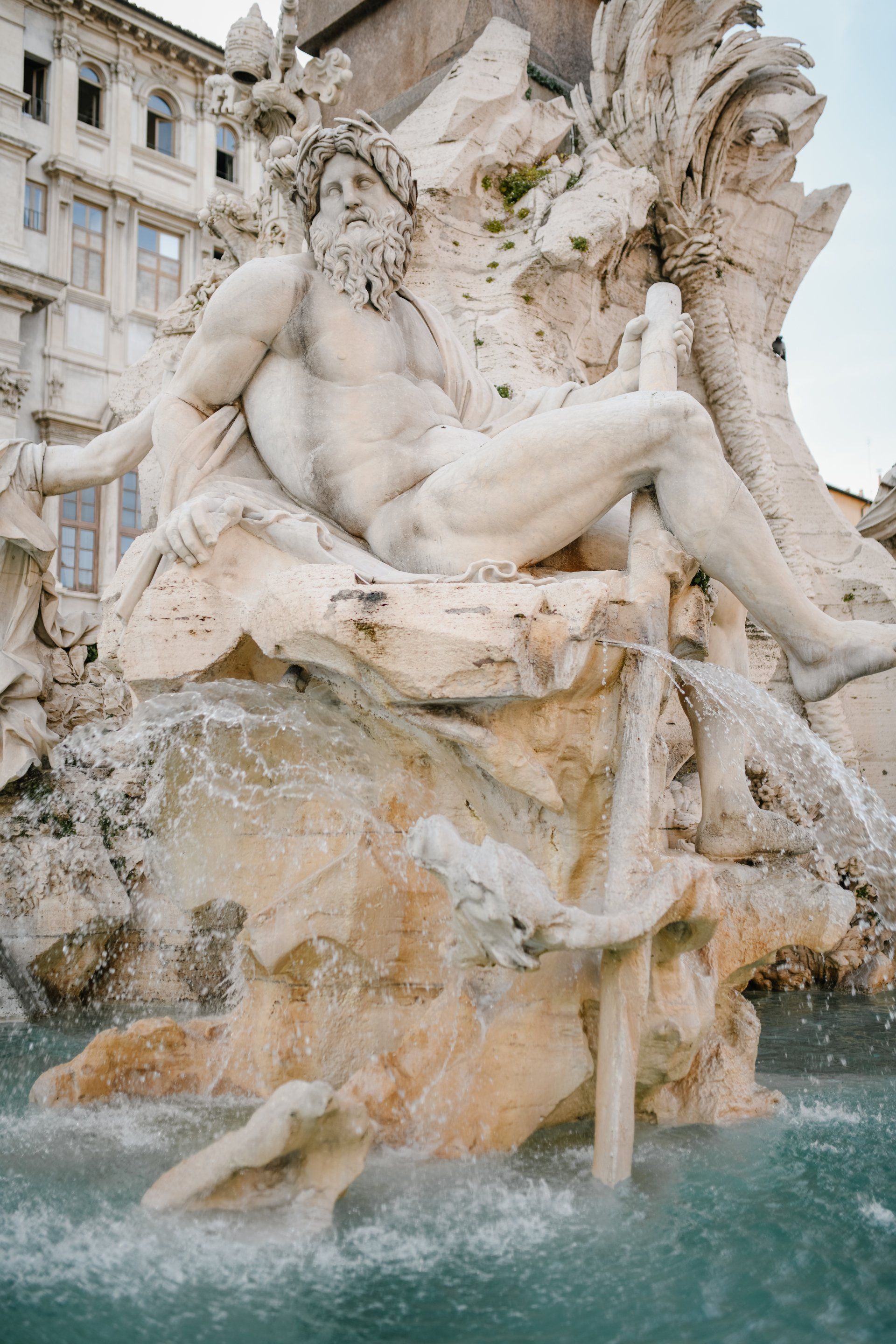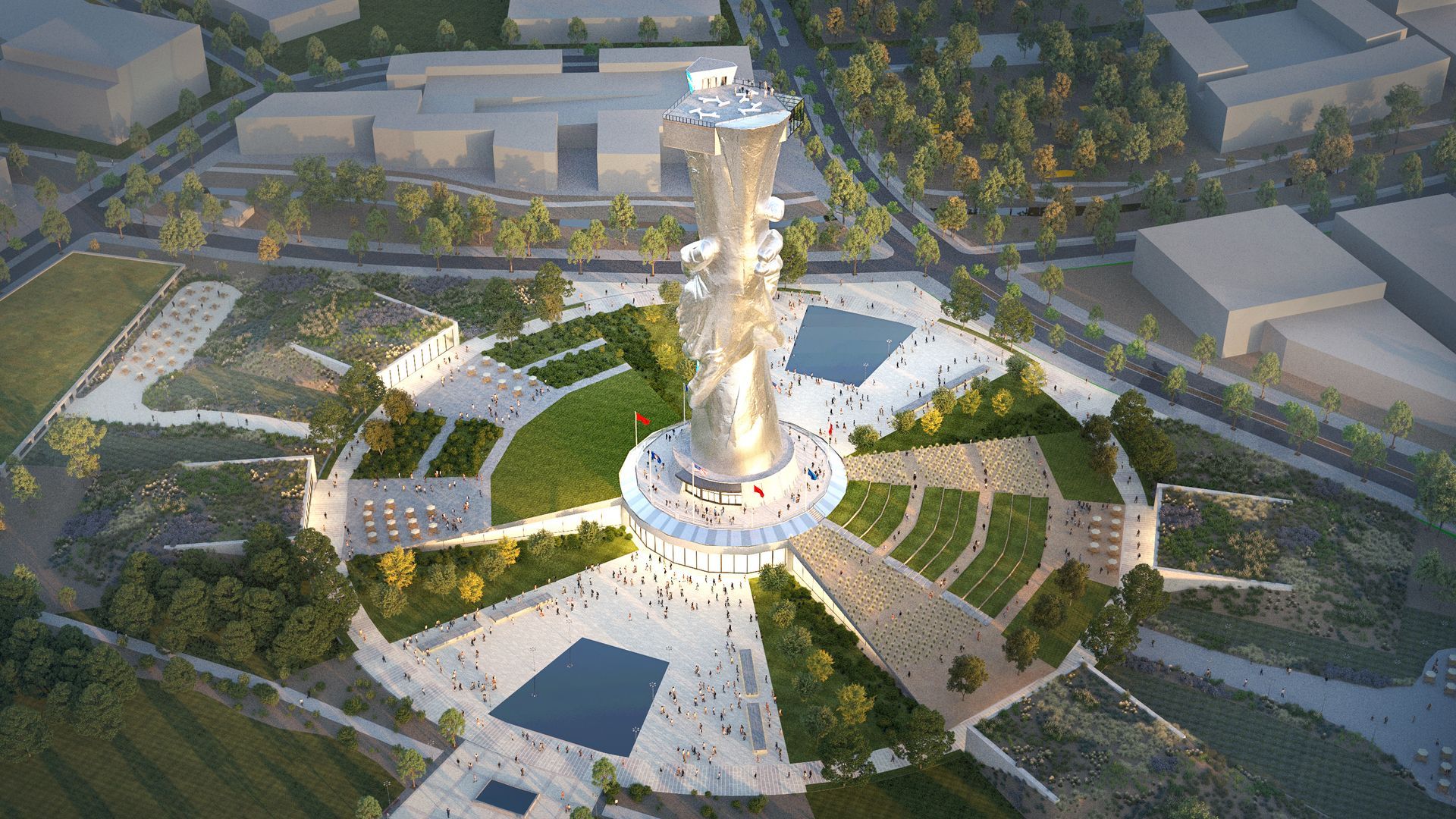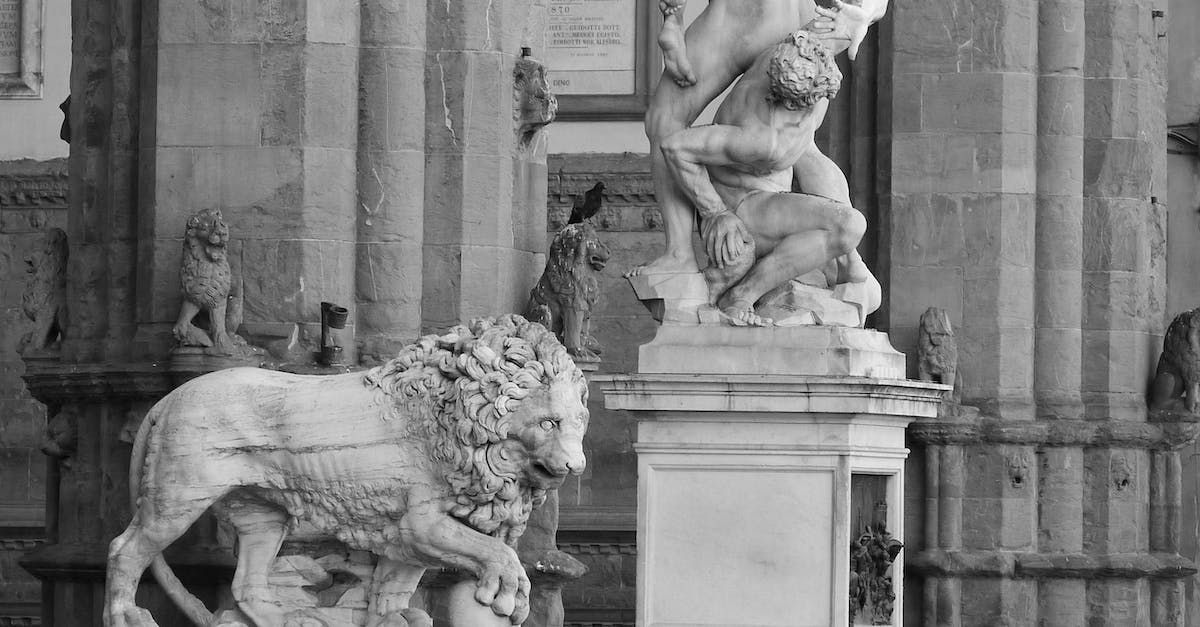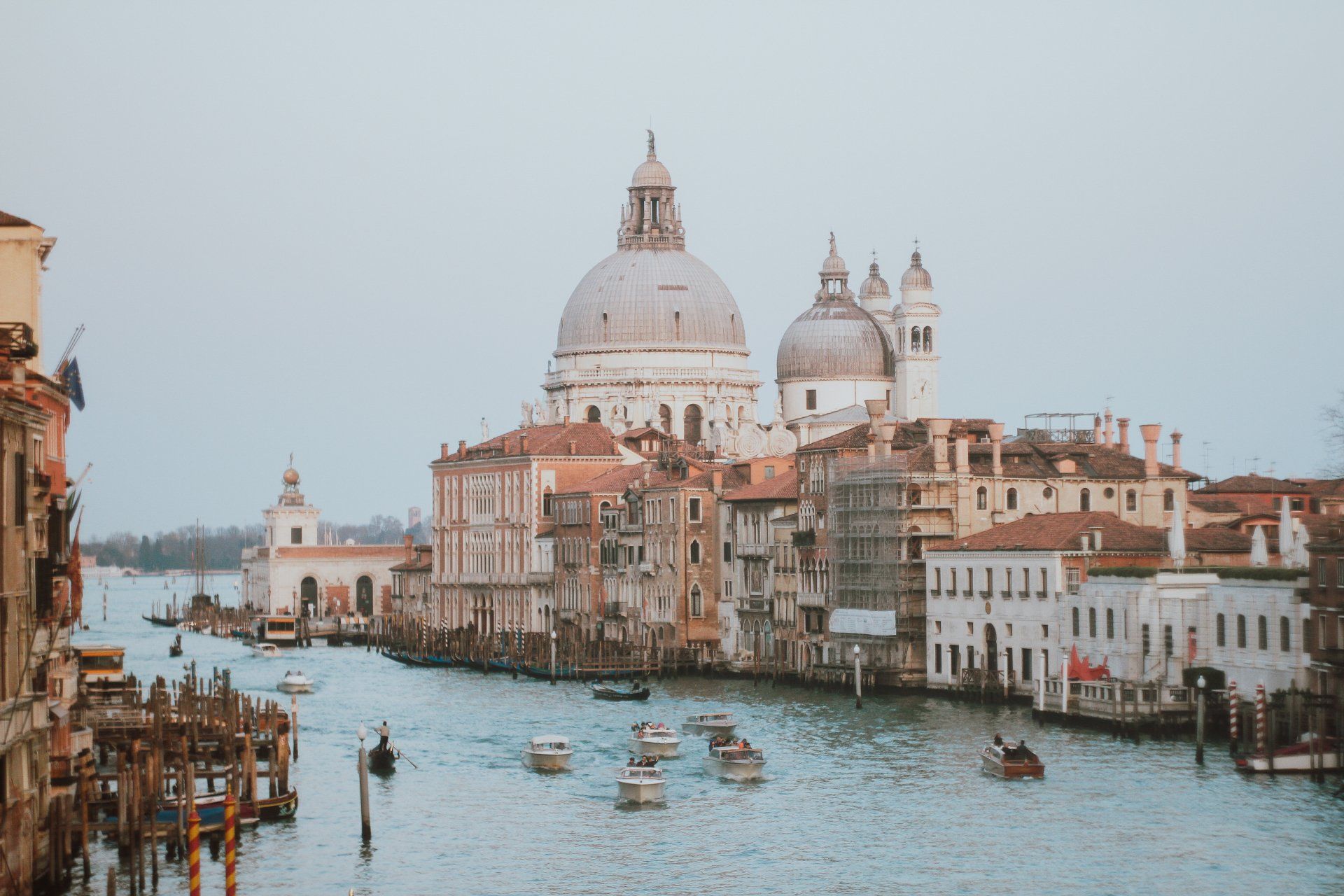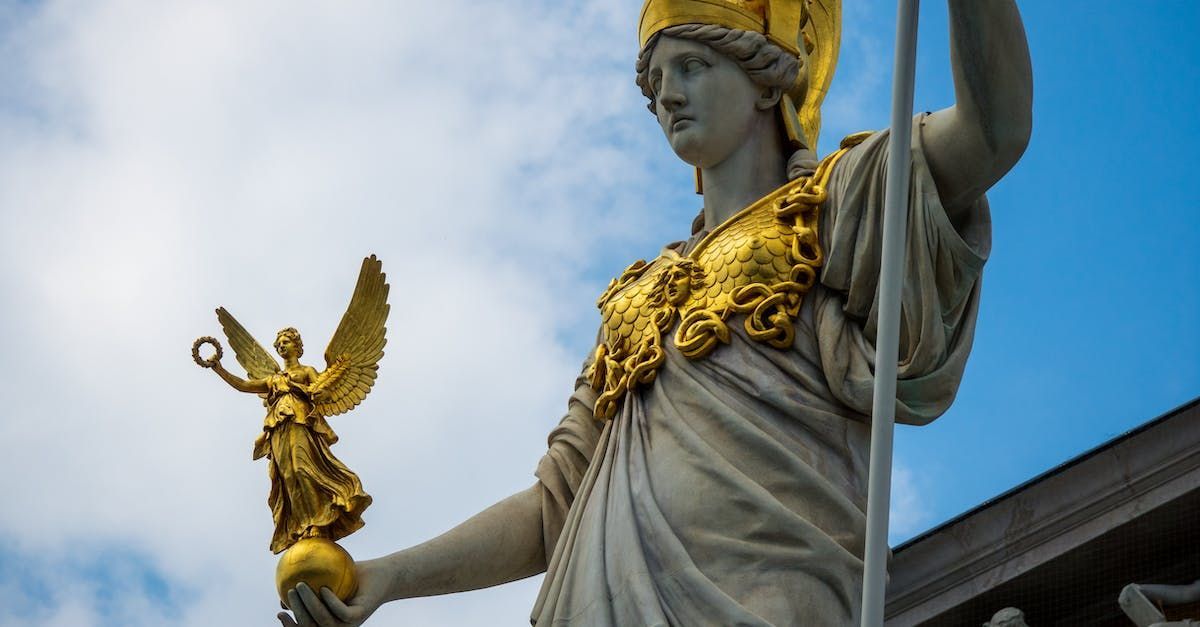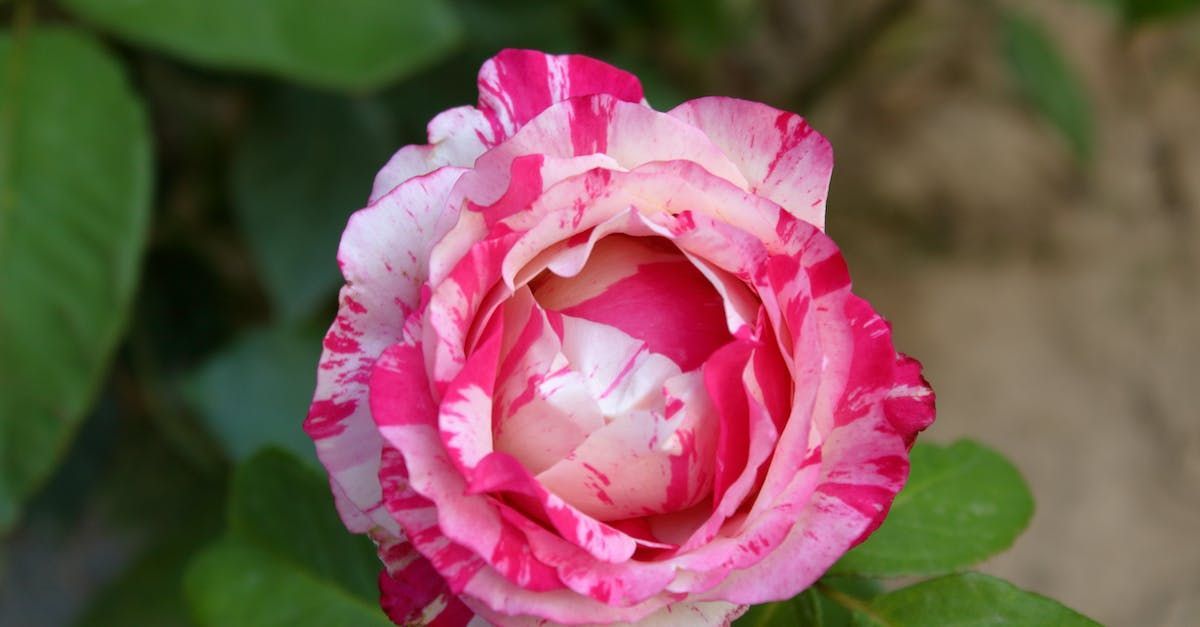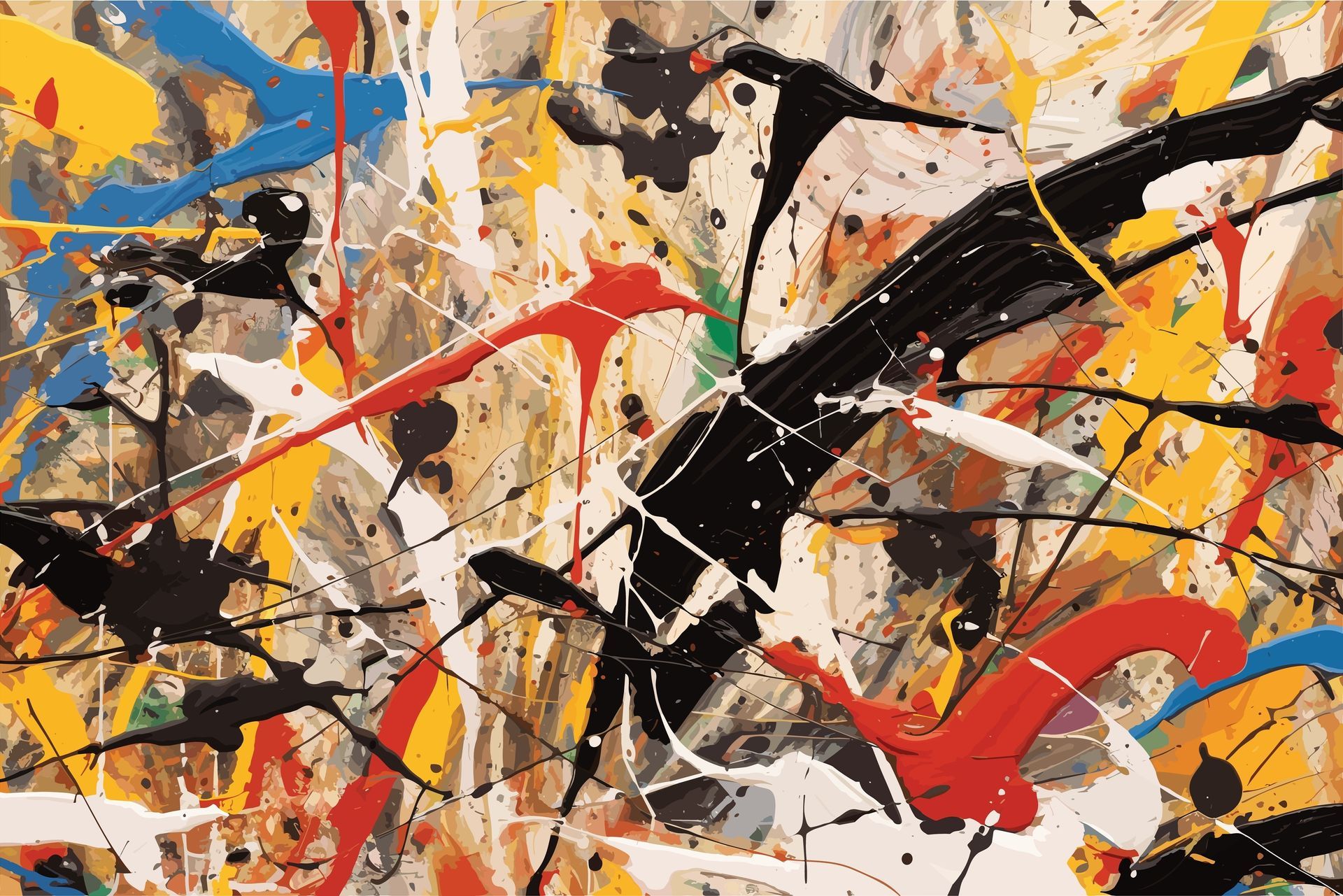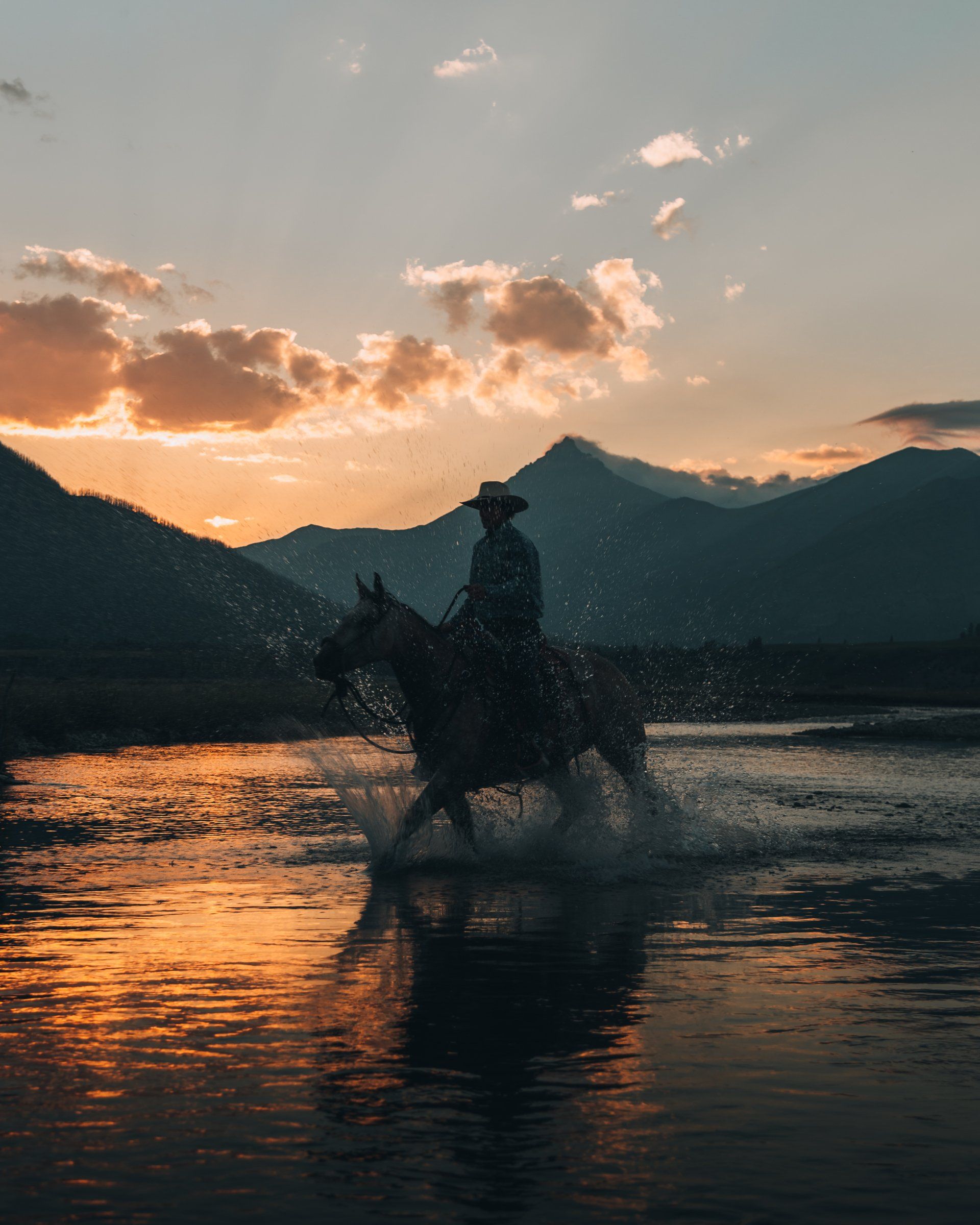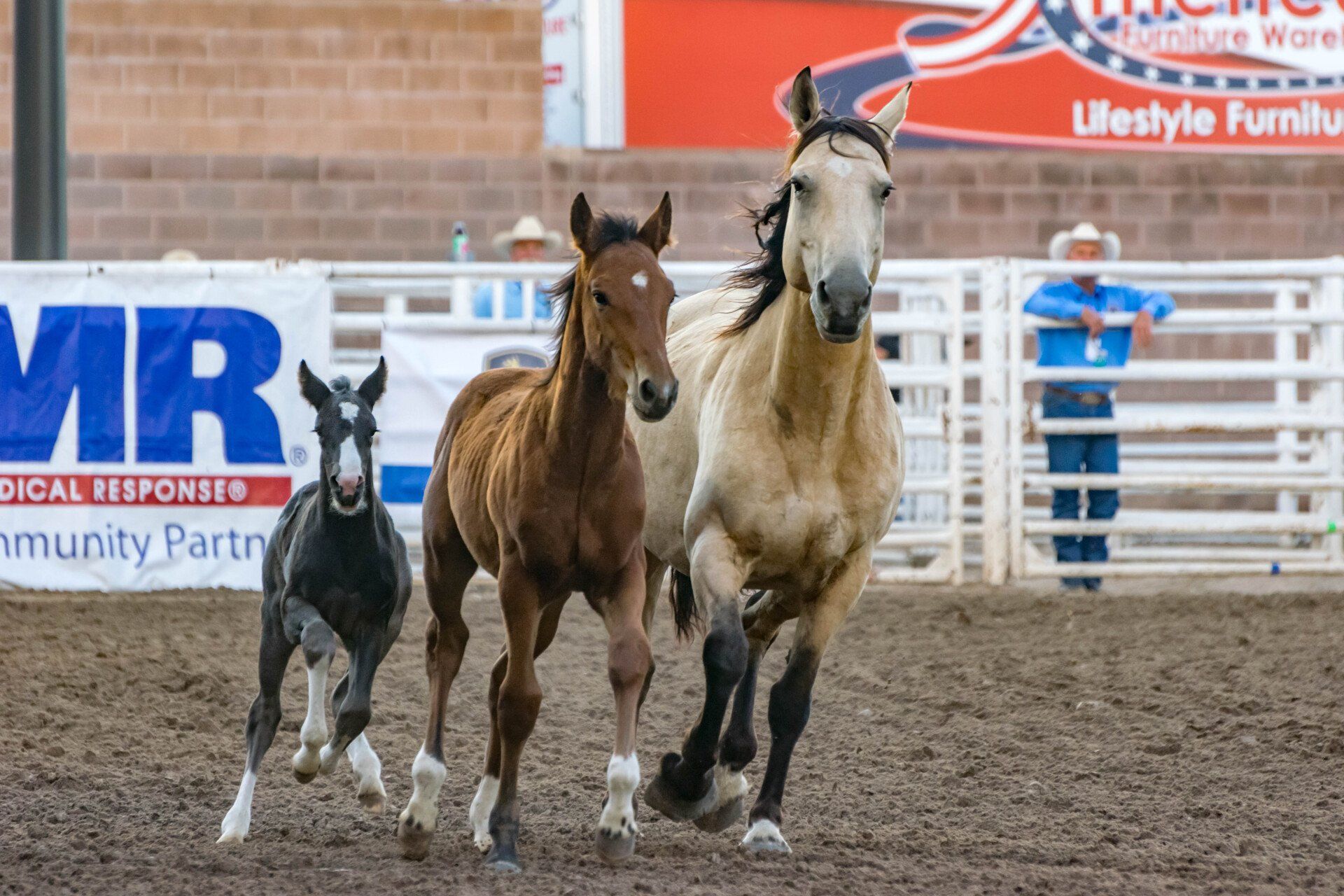Caravaggio
Master of Dramatic Lighting
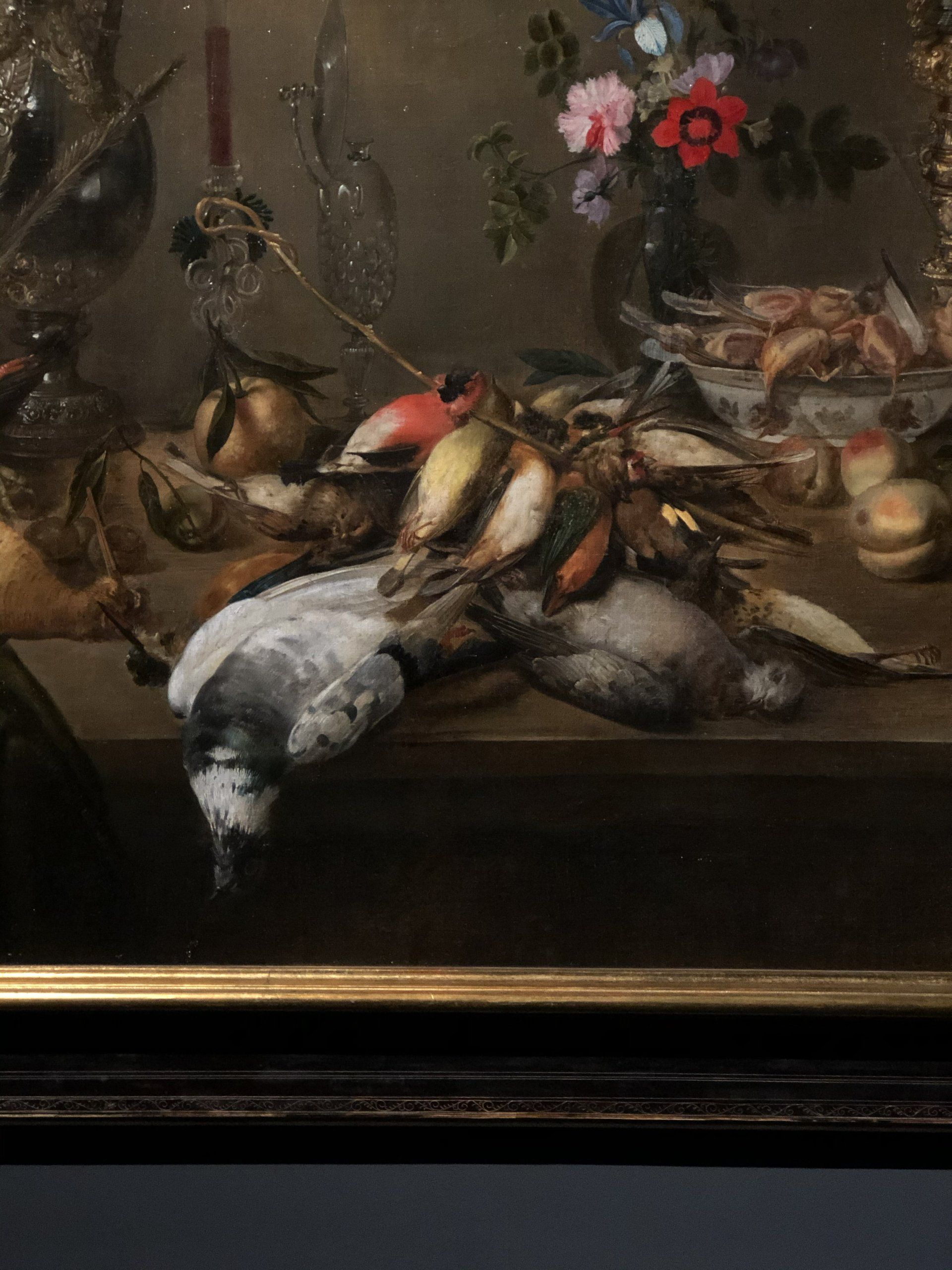
Caravaggio, an Italian painter of the late 16th and early 17th centuries, was a pivotal figure in the development of Baroque art and is particularly renowned for his revolutionary style and dramatic lighting techniques. His approach to painting had a profound impact on the art world and continues to be influential to this day.
Caravaggio's revolutionary style can be characterized by several key features. One of the most significant aspects is his use of realism. Caravaggio sought to depict his subjects with a heightened sense of naturalism, capturing their physical features and emotions in a detailed and vivid manner. His figures often appear as if they could step out of the canvas and into the viewer's space. This departure from the idealized and perfected representations of the Renaissance marked a significant shift in artistic approach.
Dramatic lighting, known as chiaroscuro, is another hallmark of Caravaggio's style. He used strong contrasts of light and shadow to create a sense of depth, volume, and theatricality in his compositions. The interplay between light and dark not only added a heightened sense of drama but also helped to focus the viewer's attention on specific elements within the painting. This technique became a defining characteristic of Baroque art and influenced countless artists in subsequent generations.
Caravaggio's realistic approach and dramatic lighting were not only visually captivating but also served to convey emotional and narrative intensity. He often depicted scenes from religious or mythological stories, imbuing them with a sense of immediacy and human emotion. Through his use of light and shadow, Caravaggio created a sense of tension, suspense, and psychological depth, engaging the viewer on an emotional level.
Caravaggio's style and dramatic lighting had a profound impact on the art world of his time and beyond. His innovative approach challenged established conventions and paved the way for the emergence of the Baroque style, characterized by its dynamism, grandeur, and emotional intensity. Many artists, both in Caravaggio's immediate circle and subsequent generations, were inspired by his techniques and incorporated elements of his style into their own works.
His style marked a significant departure from the artistic norms of his time. His approach to painting had a lasting influence on the development of Baroque art and continues to captivate viewers with its powerful emotional impact and stunning visual effects.
